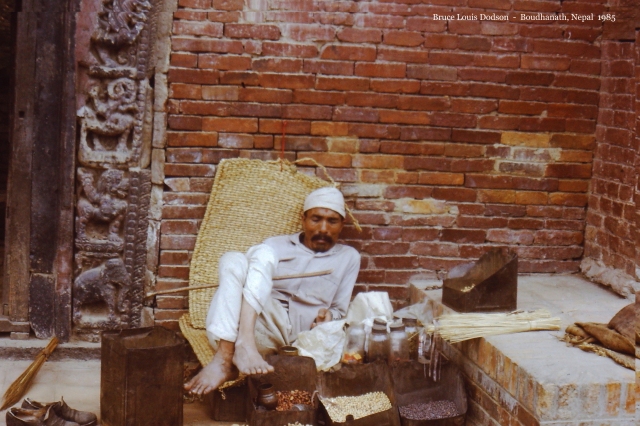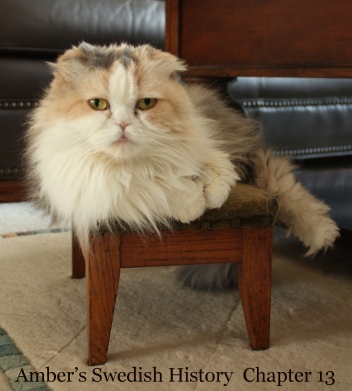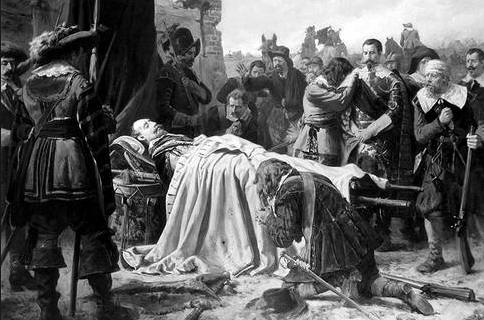Total Pageviews
Thursday, April 30, 2015
Monday, April 20, 2015
Tuesday, April 14, 2015
Saturday, April 11, 2015
Prague Sidewalk Scene - 2011
Saw this guy in Prague, 2005. He seemed to be doing very well for a dummy.
Published: Quarrtsiluni 2011
Monday, April 6, 2015
Amber's Swedish History - Chapter 13
Gustav The Great – Sweden Expands
Gustav & Queen Maria Eleanora
It looks to me like Gustav and Sweden were both expanding. The growth
was very good for Sweden, maybe not so much for Gustav, but who knows.
They didn’t call him the great because he was fat. Sweden took a giant
step towards becoming a world class power when he was king. Gustav is
often regarded as one of the greatest military commanders of all time.
He put together a superb military machine with good weapons, excellent training, and effective field artillery, backed by an efficient government that provided necessary funds.
He put together a superb military machine with good weapons, excellent training, and effective field artillery, backed by an efficient government that provided necessary funds.
In 1621, during the war with Poland, Riga, a
city of 300,000, was taken. It became the largest city in Sweden, but
people who lived there kept on speaking German. Parts of Latvia and
Estonia were added in by 1629.
By 1630 Sweden was into what is now called the Thirty Years War.
Sweden was on a roll. They captured a hundred German towns and the best
part of the city of Prague. By 1638 they had a colony in North America
on land that is now part of Philadelphia, and another one on the Gold
Coast of West Africa. Sweden was now as big as it got, but that only
lasted for from 1658 to 1660.
Gustav was poised to make himself a major European leader, but he was killed at the Battle of Lützen in 1632.
Gustav was poised to make himself a major European leader, but he was killed at the Battle of Lützen in 1632.
Gustav at Lützen – 1632
The expansion was over by 1721. Sweden had spent 111 years at war and around 500,000 Swedes and Finns never came home. Most of them died from disease and starvation before they ever got into a battle. In some places there were 3 unmarried Swedish woman for every single Swedish man. The women started doing all the things their men used to do. The took care of the cattle, plowed fields, built houses and gathered the harvest, but the population kept growing, so the men that were left must have been pretty busy.Sweden was now divided into administrative provinces (called counties in the U.S.) They had their first museum, a postal service, and a system of registration for births, deaths and residence. There were 81 towns including Malmo, and an office of foreign affairs. Sweden was Europe’s largest exporter of iron and copper. They founded the first national bank long before the Bank of England came into being, and printed the first European bank notes. There were impressive palaces in Stockholm, and Goteborg. Things were looking good, but it would be decades before the new wealth was noticeable throughout Sweden.
More about Gustav & Eleanora coming in Chapter 14
Sunday, April 5, 2015
Easter
The
word “Easter” and most of the secular celebrations of the holiday come
from pagan traditions. Anglo Saxons worshiped Eostre, the goddess of
springtime and the return of the sun after the long winter. According to
legend, Eostre once saved a bird whose wings had frozen during the
winter by turning it into a rabbit. Because the rabbit had once been a
bird, it could still lay eggs, and that rabbit became our Easter Bunny.
Eggs were a symbol of fertility in part because they used to be so
scarce during the winter. There are records of people giving each other
decorated eggs at Easter as far back as the 11th century.
Wishing you an enjoyable Easter and/or pleasant Passover.
Friday, April 3, 2015
Herb Caen - San Francisco Sixties
It’s the birthday of San Francisco columnist Herb Caen, born in Sacramento (1916) whose column in the San Francisco Chronicle began in 1938, when he was 22, the year after the Golden Gate Bridge opened. He continued writing 1,000 words a day, six days a week, for almost 60 years – it was the longest-running columnist in American history. He coined the term “beatnik” in 1958, and he made the word “hippie” popular in the 1960s. He said: “I’m going to do what every San Franciscan does who goes to Heaven. I’ll look around and say, ‘It’s not bad, but it ain’t San Francisco.'”
Caen on Reagan - Clipping From S.F. Chronicle
Subscribe to:
Posts (Atom)










